

Matt Campbell
2026 MG U9 review
5 Hours Ago
Fiat's having trouble at home, with market share at an all-time low, dated products and an endangered Panda.

News Editor
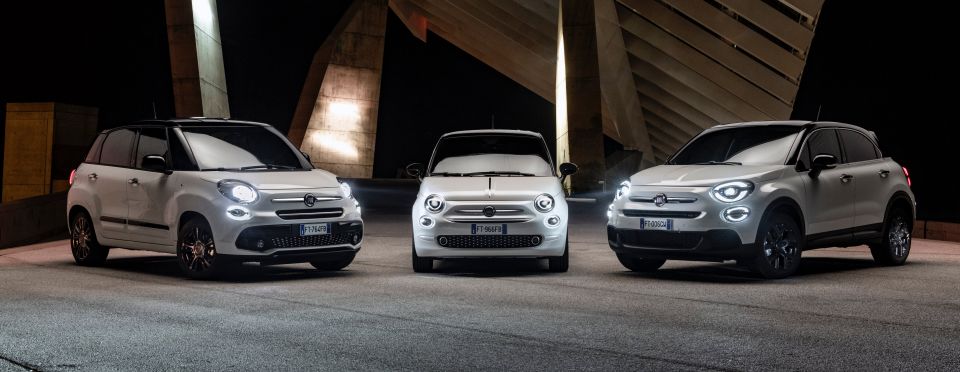

News Editor
Fiat is facing troubles on the home front, as its once indomitable hold on the Italian market continues to weaken.
Automotive News Europe reports Fiat’s share of the Italian market skidded to just 9.9 per cent in March, the lowest figure since this statistic started being recorded.
Fiat once held more than 50 per cent of the Italian market.
While the Coronavirus crisis has affected Fiat Chrysler Automobiles, as it has all automakers, Fiat’s Italian market share has been on a mostly downward trajectory for years.
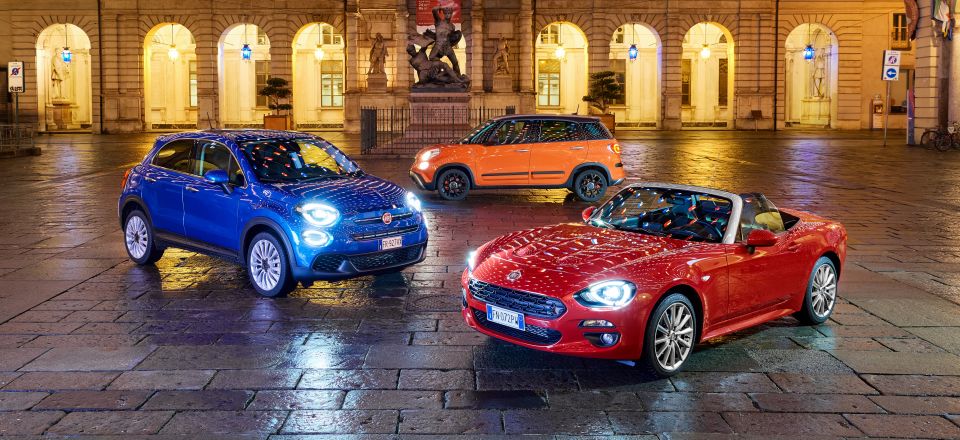
It fell below 40 per cent in 1990, below 30 per cent in 1998, and then down to 21 per cent in 2004.
There have been some upticks in recent years, but last year the Fiat brand held just 15 per cent of the Italian market. If this trend continues, it could eventually put Volkswagen in striking distance of the top spot.
Fiat still has the market’s best-selling vehicle, the Panda. Unfortunately for Fiat, its best-seller is emblematic of two key challenges facing the brand.
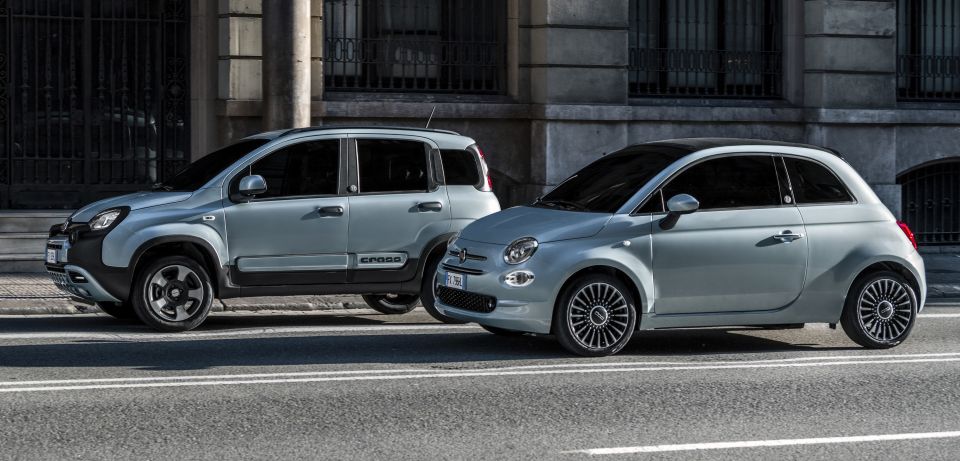
Firstly, new European Union emissions standards are helping to decimate the minicar segment as automakers struggle to reconcile increased development costs with the low prices customers expect from minicars.
Ford and Opel, for example, have already exited the segment.
Fiat introduced mild-hybrid versions of its 500 and Panda this year, featuring a 12V belt-integrated starter generator, but these models naturally carry a price premium over their regular counterparts.
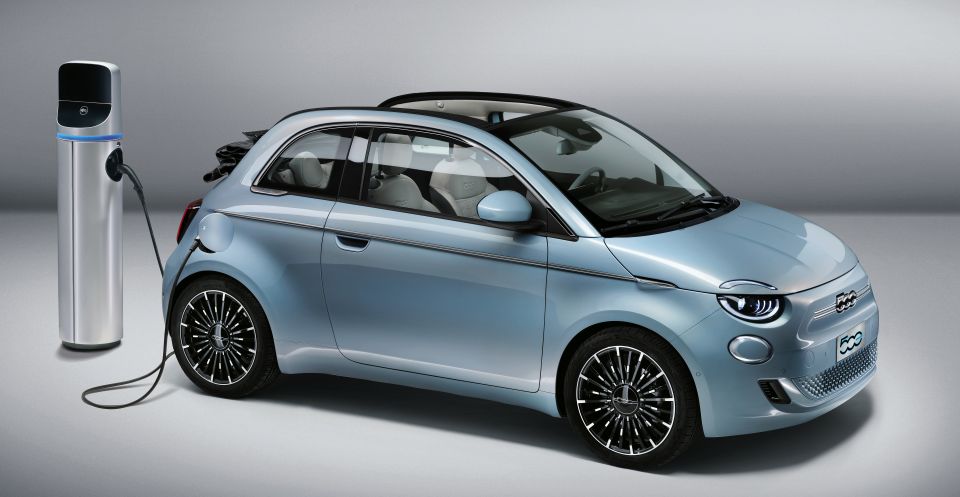
The Panda’s fellow minicar, the 500, is being redesigned as a more premium, all-electric vehicle, though the existing internal combustion engine model will be sold alongside it for an unspecified period of time.
The new 500 could continue the current model’s success in Europe despite a higher price tag, as it enjoys a more premium image than other similarly-sized cars.
The Panda, however, is the 500’s more sensible, practical counterpart and therefore its buyers are arguably more price-sensitive.
Automotive News reported late last year that FCA CEO Mike Manley told analysts it would be moving away from the minicar segment by 2024, instead targeting the higher-margin B-segment.
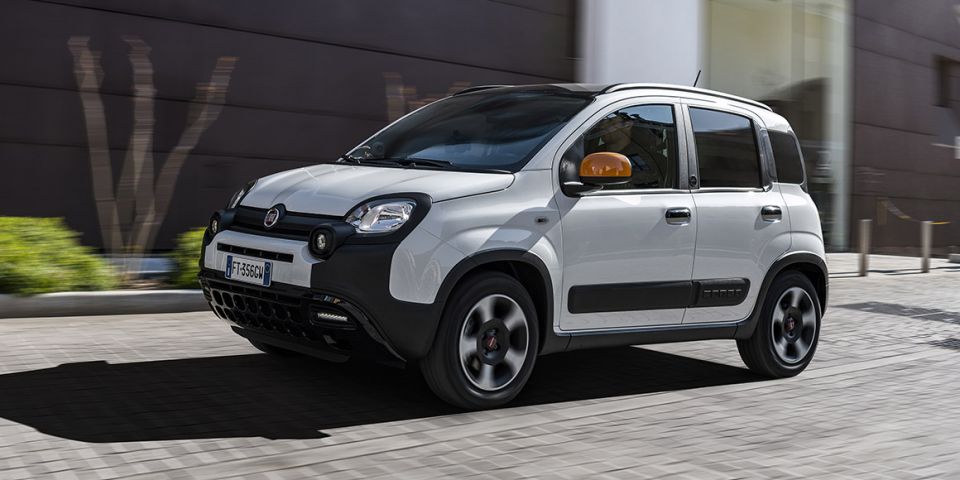
That leads to the other problem facing Fiat’s model range: its long product cycles.
Fiat actually doesn’t have a B-segment model anymore, having discontinued the Punto in 2018 after a protracted final generation.
The company had made mostly cosmetic updates to its light car over its 13-year run.
Likewise, the current Panda was introduced back in 2011, using an updated version of the platform underpinning the 2003 Panda. The current 500 dates back to 2007.
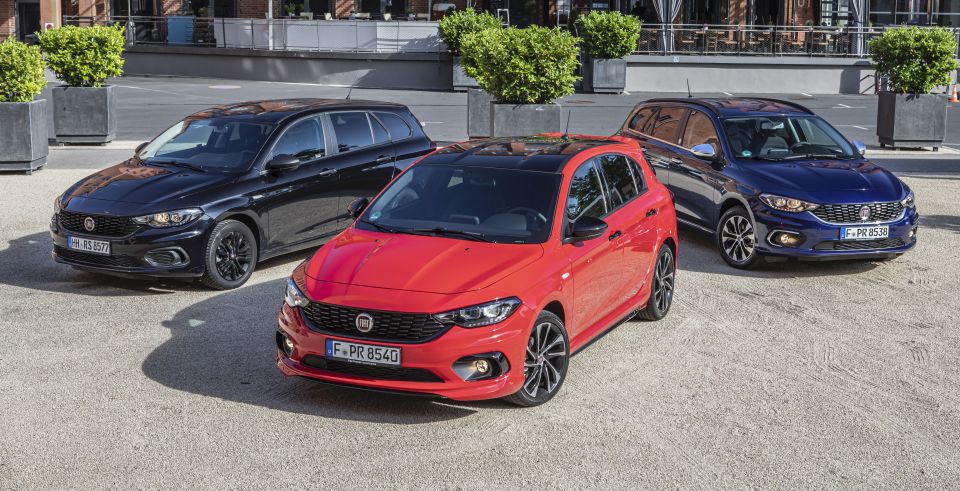
Fiat volumes this year will also be impacted by the discontinuation of three well-known if lower-volume models: the passenger versions of its Qubo and Doblo vans and the 124 Spider.
The brand still lacks any SUVs beyond the 500X, even as European buyers clamour for these vehicles. Fiat will partially address this with the imminent arrival of a “Cross” version of its Golf-sized, budget-priced Tipo small car.
There’s some good news for Fiat, however. Its market share throughout the rest of Europe has continued to hold steady over the past decade, sitting at around 2.4 per cent of the market.
William Stopford is an automotive journalist with a passion for mainstream cars, automotive history and overseas auto markets.


Matt Campbell
5 Hours Ago


William Stopford
21 Hours Ago


Josh Nevett
22 Hours Ago


Ben Zachariah
2 Days Ago


CarExpert.com.au
2 Days Ago


Damion Smy
2 Days Ago